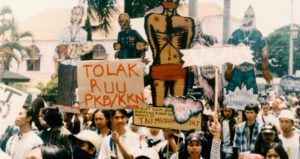Trailer for “Border Farce”, a video artwork by lumbung artist Safdar Ahmed
Intense experience or factual understanding – the contribution to documenta fifteen by lumbung artist Safdar Ahmed shows why this distinction is political
Border Farce is a video artwork by lumbung artist Safdar Ahmed in collaboration with heavy metal guitarist Kazem Kazemi and cinematographer Alia Ardon. It will be shown as a 2-video-projection as part of documenta fifteen in Kassel. Safdar Ahmed’s artistic contribution also includes a zine and a Vinyl LP.
Kazem Kazemi is an Iranian refugee who was incarcerated in Australia’s offshore prison camp on Manus Island, in Papua New Guinea for six years. The video work documents parts of his life. Safdar Ahmed’s artistic practice brings into question how the ‘other’ is historically and aesthetically represented. Furthermore the lumbung artist wants to critically interrogate the tropes undergirding Australia’s (and much of the Euro-American Anglospheres‘) burgeoning white-nationalism and the construction of racialised minorities.
While one of the two video projections mimics the standard framing that accompanies narratives of migration, the other focuses on the concept of ‘affective witnessing’. This is about privileging the bodily encounter with experience, which is often pushed aside in the quest for factual narrative retellings. In this sense the second video projection explores how experiences of intensity are passed from body to body, from person to person, through sound and gesture.
Language: English
All lumbung artists videos
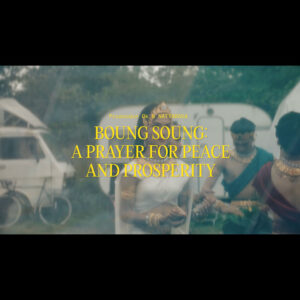

Sa Sa Art Projects: Boung Soung: A Prayer for Peace and Prosperity


Tuấn Mami (Nhà Sàn Collective): Vietnamese Immigrating Garden
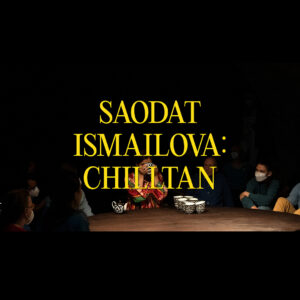

Saodat Ismailova: Chilltan


Welcome to RURUKIDS!
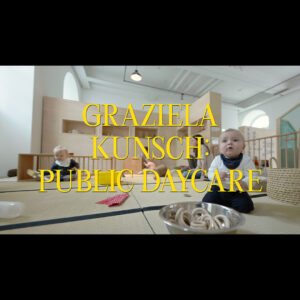

Graziela Kunsch: Public Daycare
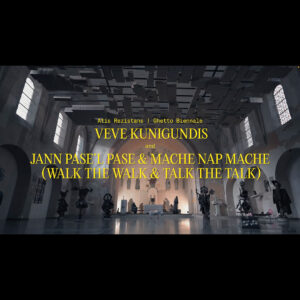

Atis Rezistans | Ghetto Biennale: Veve Kunigundis and Jann Pase’l Pase & Mache Nap Mache


Atis Rezistans | Ghetto Biennale: Ghetto Gucci
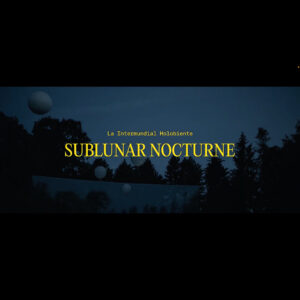

La Intermundial Holobiente: Sublunar Nocturne


What is Fridskul?
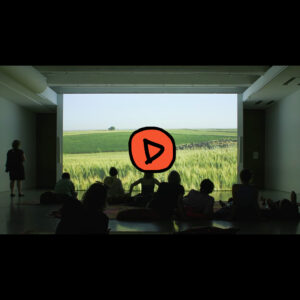

documenta fifteen – half time
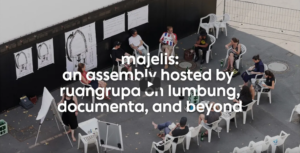

ruangrupa @ Art Basel


urun rembuk – Saodat Ismailova: ARAL. Fishing in an Invisible Sea, 2004
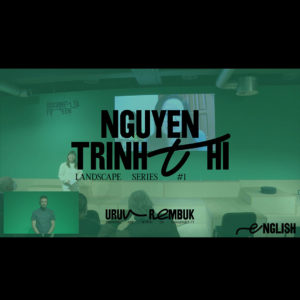

urun rembuk – Nguyen Trinh Thi: Landscape Series #1, 2013
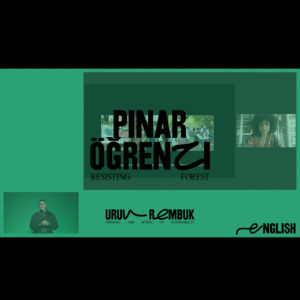

urun rembuk – Pınar Öğrenci: Resisting Forest, 2019/20
